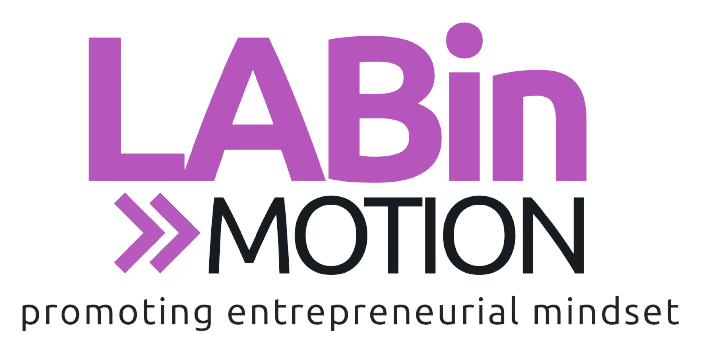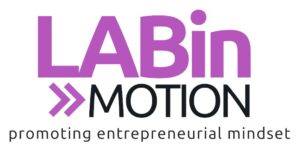Ever since it was coined in the mid-1990s by the Harvard Professor Clayton Christensen, the theory of disruptive innovation has had an enormous influence in business circles all across the world. The theory has now become a powerful tool for predicting the likelihood of success for new entrants in an industry [1].
The theory has been around for almost 25 years now. The astounding success of startups such as Etsy, Ola, and Flipkart has further accelerated the entrepreneurial drive to develop ‘disruptive’ solutions to consumer needs. However, what’s interesting to note here is that despite how frequently this term is thrown around, the fundamental idea behind ‘disruptive innovation’ is usually misunderstood.
The article explains what the theory of disruptive innovation is, how it applies to businesses, and how you can use it to grow your next business idea.
What Is Disruptive Innovation?
In the broader sense, disruptive innovation refers to anything (product, service, technology, or even situation) that shakes up an industry and revolutionizes how previously successful companies operate. It is a unique solution whose application significantly alters the way a market or an industry has been functioning so far. For example, the introduction of the internet completely transformed how companies did business. Organizations that were unwilling to adapt to the new business model eventually suffered heavy losses due to reduced sales, slow communication, and similar problems.
In Christensen’s theory, disruptive innovation is described as a process through which a new or small enterprise (typically with limited resources) challenges a well-established company (usually known as an ‘incumbent’). This can be either a direct or an indirect competitor of the small firm. The new company enters the market at the lowest tier and works its way up from there. The process involves tactful planning and several strategic moves. The reason why innovative solutions have the power to disrupt an entire industry is briefly discussed in the next section.
Clayton Christensen formalized the disruptive innovation theory after researching the disk-drive industry [2]. The theory, which is explained at length in his 1997 book, The Innovator’s Dilemma, was based on the classic example of personal computers.
The Disruptive Process
Incumbent enterprises that hold the top ranks in an industry typically have one thing in common. They are focused almost exclusively on producing goods and services with a strong demand and/or offer huge profit margins. In making their business solutions more appealing to their ‘ideal’ customers, they tend to overlook the needs of downmarket buyers.
Small companies are quick to identify and fill this gap in the market and gain popularity by addressing the needs of ignored customer segments. New entrants focused on unserved segments that big companies tended to disregard.
New entrants also rise to prominence by offering goods and services at a lower cost than the incumbent. However, the typical reason small enterprises succeed is that big companies fail to notice, or rather, fail to take action to counteract their growing popularity.
Incumbents do not normally respond to new entrants in the market. They continue to focus on their profitable segments, while small firms continue moving upmarket at the same time. As a result, the new entrants soon reach a position where they can attract the main customer segments of the incumbent business.
When the demand shifts from the previously successful companies to the relatively newly established ones, the latter has transformed the industry. In other words, disruption has occurred.
Two Examples of Disruptive Innovations
One of the easiest ways of understanding the theory of disruptive innovation is observing real-life business examples. Following are some of the most renowned enterprises hailed for transforming their respective industries over the past years.
1. Netflix
Netflix is a textbook example of a highly disruptive brand in the entertainment industry. Surprisingly, it started as just another company selling DVDs to customers who wanted a blockbuster-like experience without going to a Blockbuster store. However, it soon noticed a service gap for people searching for easy entertainment in general – not necessarily chart-topping films. The company, therefore, flipped its business model. Instead of mailing out DVDs to customers, it decided to ‘stream’ it all online instead. At present, Netflix has a net worth of over $194 billion [3].
2. Apple
Apple Inc. usually automatically comes to mind when one thinks about innovation. It’s only obvious because the company is rooted in, and still operates on, the drive for offering disruptive solutions.
As a pioneer in personal computers, Apple initially sold ‘toy’ computers for children. The product was way below the average minicomputer of that time. However, for budget-restrained buyers, Apple’s computers were the perfect way to keep up with technological advancements. They didn’t care much about the overall functionality of the low-cost, inferior computers because they were still better than the alternative: no computer at all. Thus, Apple focused on serving this market segment and, little by little, invested the earnings in improving the features. In just a few years, Apple’s products matched and later surpassed the functionality of the best selling minicomputers of the time. It attracted a huge customer base and soon dominated the entire industry.
End Note
The most significant concept embedded in Christensen’s theory of disruptive innovation is that even the smallest business idea can grow into a tremendously successful one. Entrepreneurs who study the market well, understand customers’ pain points, and seek to address them, can surely impact the whole industry with their unique offerings.
Recommended reading: Clayton Christensen’s – “Innovator’s Solutions” and “Innovator’s DNA”
References:
[2] https://www.christenseninstitute.org/key-concepts/disruptive-innovation-2/





